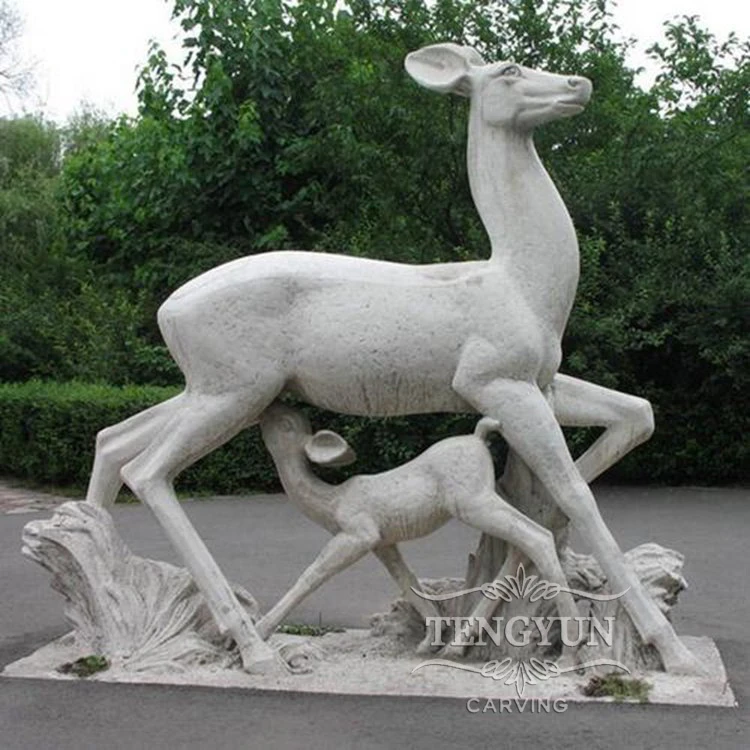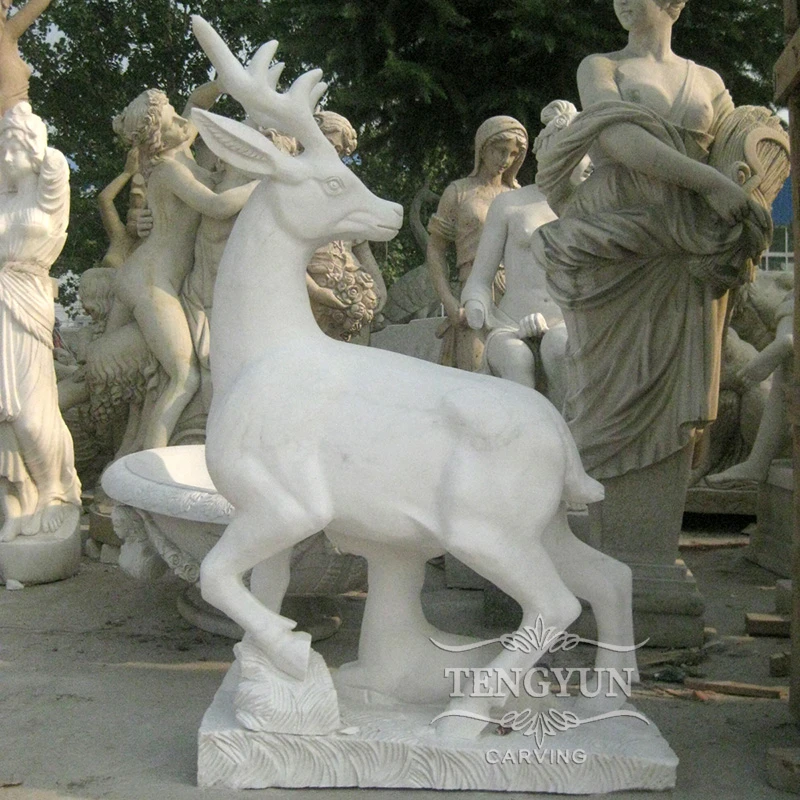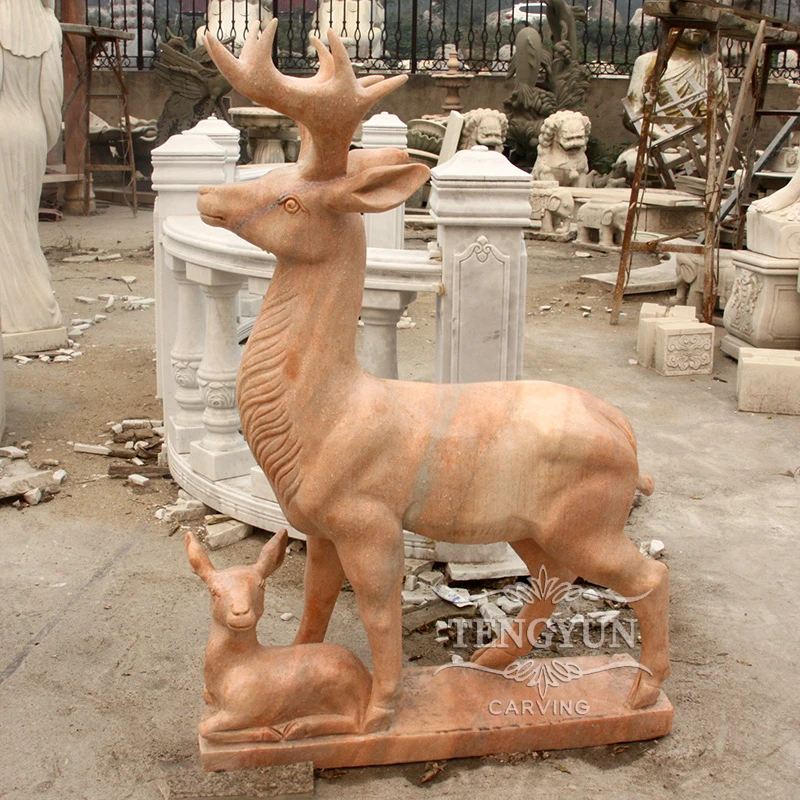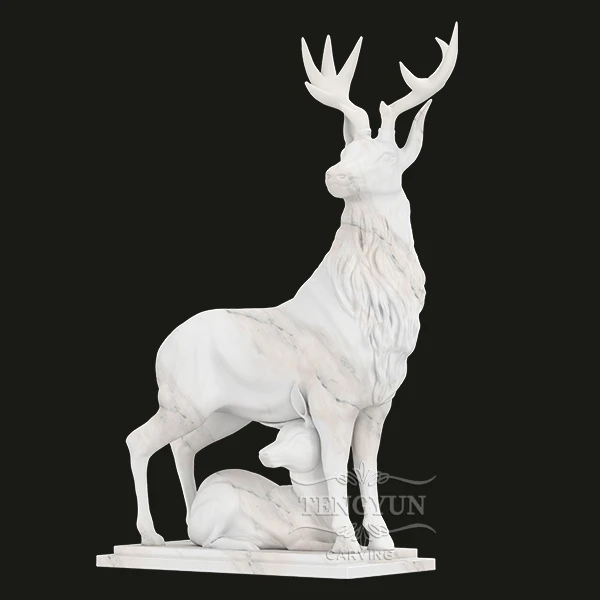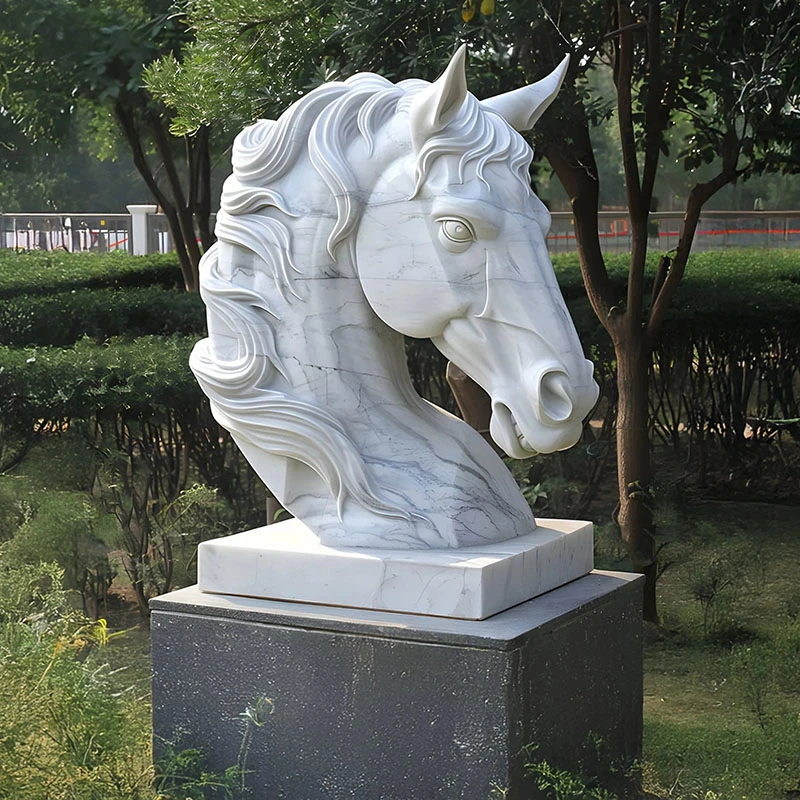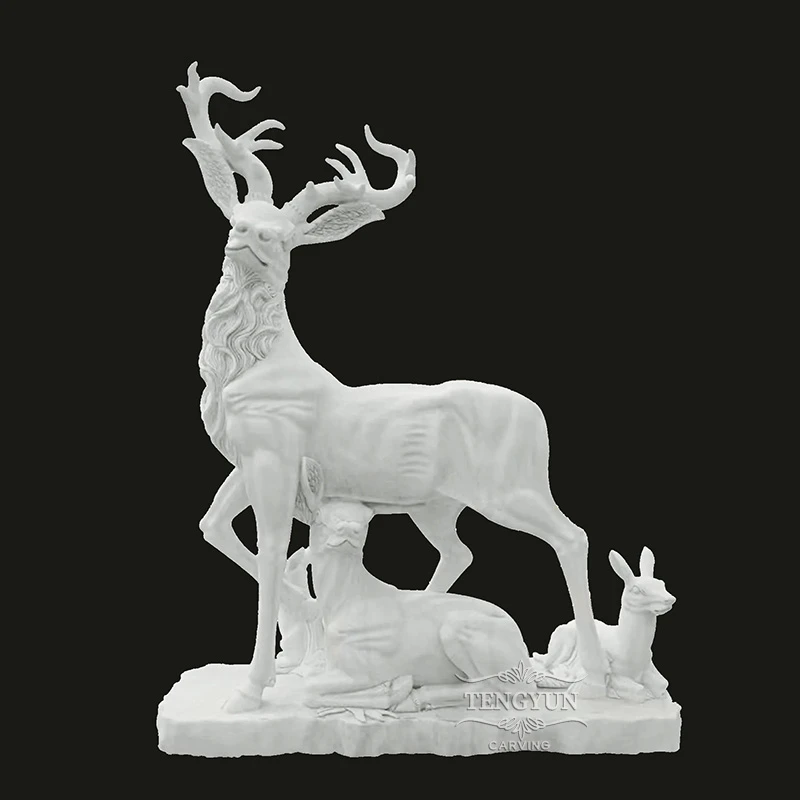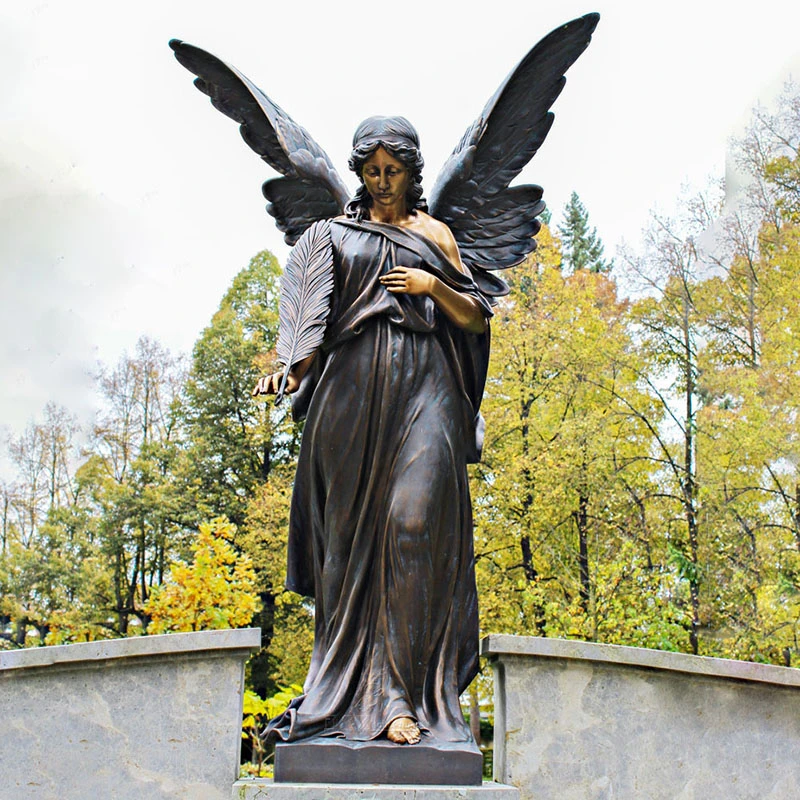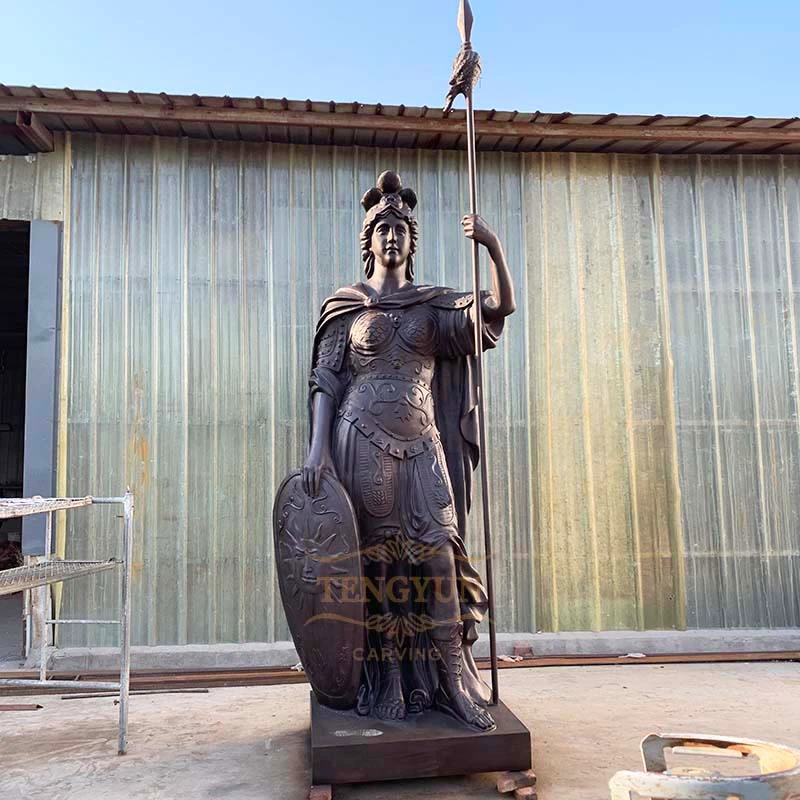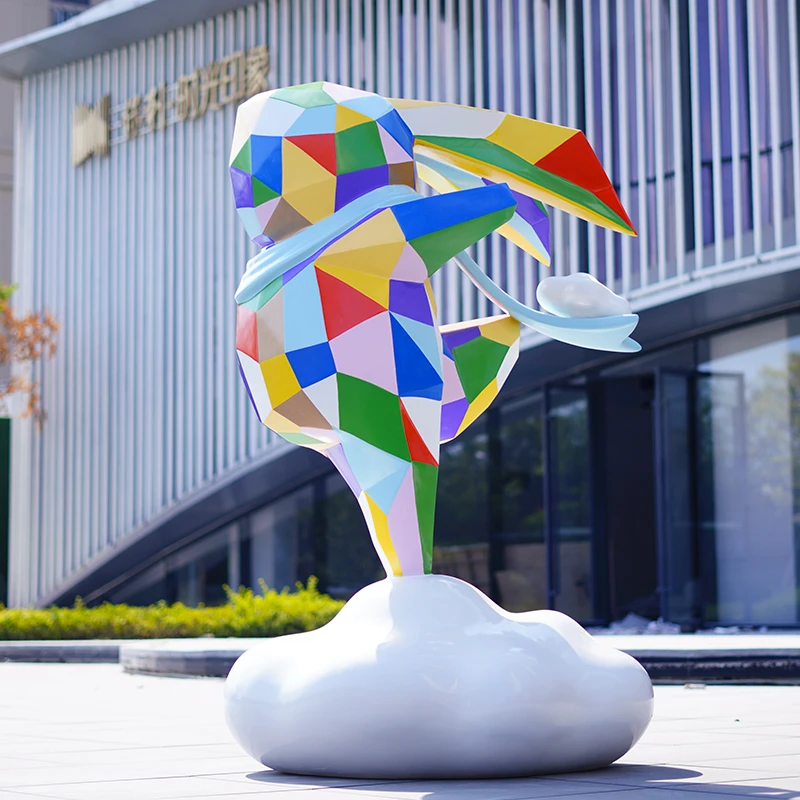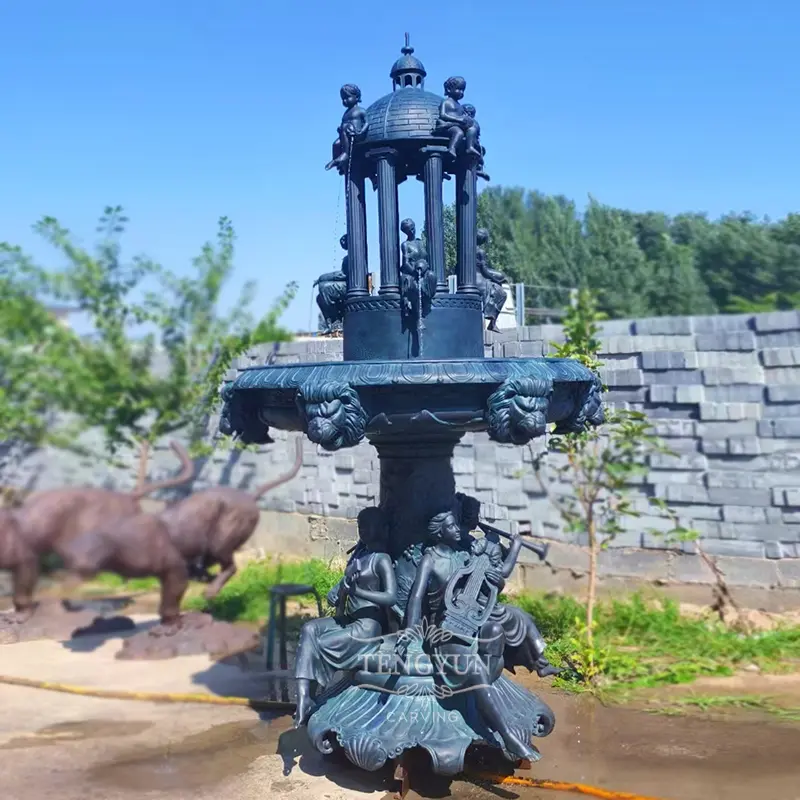The museum is filled with fascinating views of headless heads and corpses dating back to Roman times. “These headless statues evoke a sense of mystery and fragmentation, allowing a glimpse into the past and reminding us of gaps in our understanding,” described Diana Kleiner in her book Roman Sculpture. But why are Roman statues often found without heads (and vice versa)?

The predominance of headless Roman statues is rooted in the complex historical and cultural backdrop of Ancient Rome. One of the most publicized explanations is that the statue was deliberately damaged. In a culture where statues symbolized state power, forgotten actions were the ultimate punishment. Defacing or decapitating statues can help establish control and erase a person's memory, especially during a regime change. It is known that the Kushites decapitated the statue of Emperor Augustus and placed it at the foot of the steps of the temple in Meroe to symbolically trample on it.
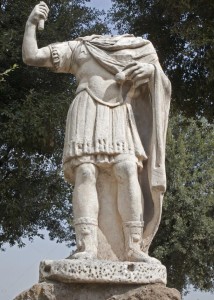
Centuries of exposure, neglect, erosion and warfare have wreaked havoc on statues that are thousands of years old, resulting in the loss of more fragile parts including heads, noses and limbs. With fragmentary archaeological digs, bodies and heads found independently years apart, it's no wonder there are large numbers of missing heads in exhibitions around the world. There is even evidence that smugglers would separate the head from the body in order to obtain two salable artifacts.


This headless marble Roman statue of a seated woman dates from 2nd century Rome and was designed to accommodate interchangeable heads. Now on display at the Art Institute of Chicago. (Public area)
Surprisingly, the always pragmatic Romans skillfully designed some statues with interchangeable heads to avoid the expense of creating new statues when new rulers came to power. The body parts of these statues are universal and can be repurposed over time. For example, the clothes on the 2nd-century statue of a seated woman at the Art Institute of Chicago may have been worn by the old empress Faustina or the goddess Juno.

While matching the body of an ancient Roman sculpture to its original head is a difficult task, from time to time there are reports of spectacular reunions of long-separated heads and bodies. For example, a 2,000-year-old marble statue of a woman in a cape at the Getty Museum in Los Angeles was reunited with its lost head in 2016.
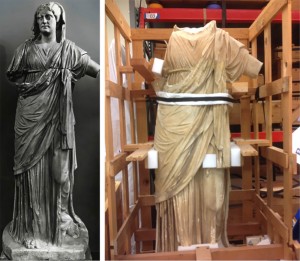
It was only a matter of time before a headless bronze statue of a Roman emperor (possibly Septimius Severus, c. 225 AD) was confiscated from the #MetMuseum. Today is running out of time. It was stolen in the 1960s from the archaeological site of Bubo in southwestern Turkey.
However, these cases are extremely complex. The New York Times reports that the bronze head of Roman Emperor Septimus Severus in the Danish Glyptotek Museum belongs to a Roman statue on display at the Metropolitan Museum of Art. However, attempts to unite them were thwarted when the Turkish authorities proved that the bodies were stolen in Turkey in the 1960s. Not surprisingly, Danish handlers are now questioning the connection between head and body, perhaps to avoid deportation.
Cecilia Bogarde is an editor, researcher, and writer for Ancient Origins. Cecilia holds an MA in Social Anthropology and a degree in Visual Communications (Photography) and enjoys researching, creating, and editing content, especially when it comes to… read more
At Ancient Origins, we believe that one of the most important areas of knowledge we as humans can explore is our origins. While some seem content with history as it stands, we believe there are countless mysteries, scientific anomalies, and amazing artifacts yet to be discovered and explained.


